The mold release wax for polyurethane shoe soles, often referred to as a “release agent” or “mold release wax,” acts as a barrier between the shoe sole materials and the mold during the production process to prevent them from sticking together.
Using mold release wax for shoe soles is an essential part of shoe manufacturing to ensure that the polyurethane sole can be easily and safely removed from the mold after production without causing any damage to the product. Key features of mold release wax for shoe soles include:
- Preventing Adhesion: The primary purpose of the wax is to create a non-stick surface between the shoe sole material and the mold. Without the release agent, polyurethane might stick to the mold surface, making it difficult to properly extract the shoe sole.
- Ease of Separation and Release: The use of mold release wax facilitates the easy removal of the sole from the mold, reducing the risk of deformation or defects in the final product.
- Increasing Mold Longevity: By preventing damage or wear that can occur when the sole sticks to the mold surfaces, the use of mold release wax helps to extend the lifespan of the molds.
- Improving Product Quality: Ensuring a complete and flawless separation between the mold and the shoe sole materials allows manufacturers to produce shoe soles with high consistency and quality.
Release agents can come in various forms, including liquid spray, paste, or solid wax, and are carefully applied to the interior surfaces of the mold before pouring or injecting polyurethane materials. The choice of release agent may vary depending on the specific production process.
Overall, the use of mold release wax is a crucial step in the production of polyurethane shoe soles, aiding in efficient manufacturing and ensuring that the final product meets the desired quality standards.



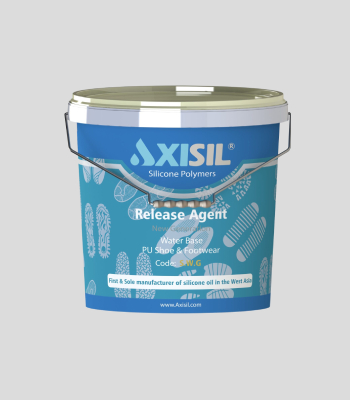
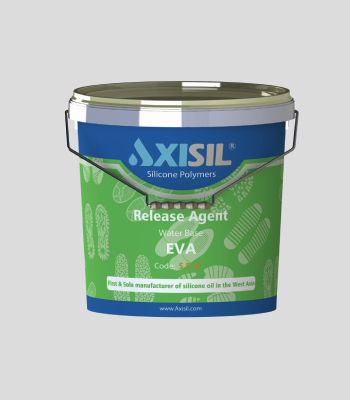
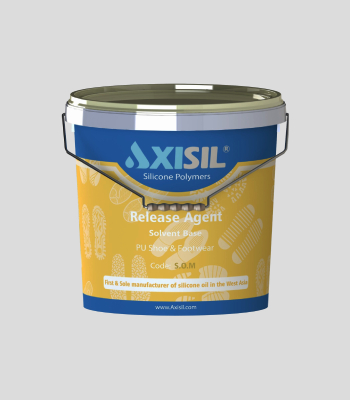

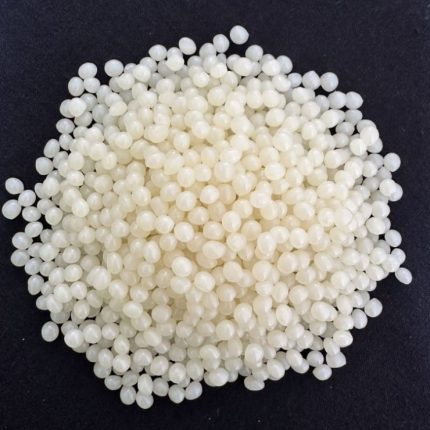

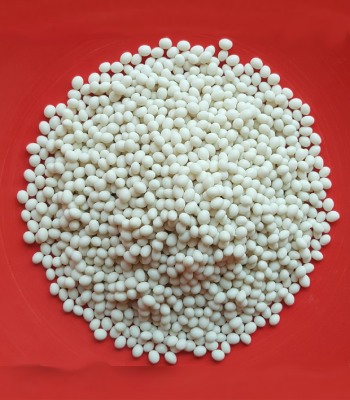
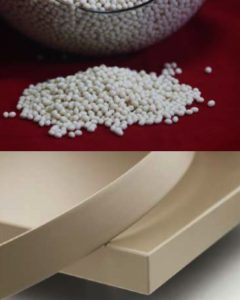
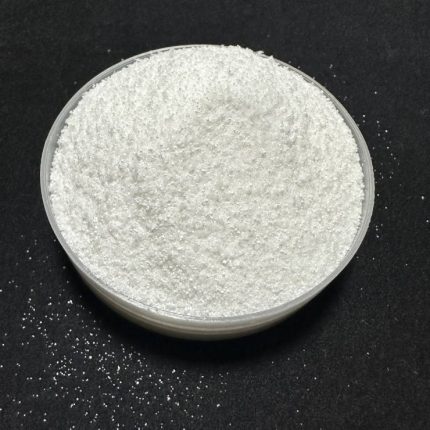
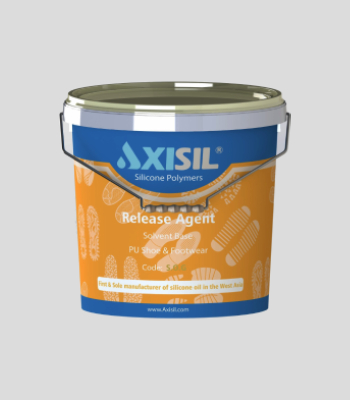
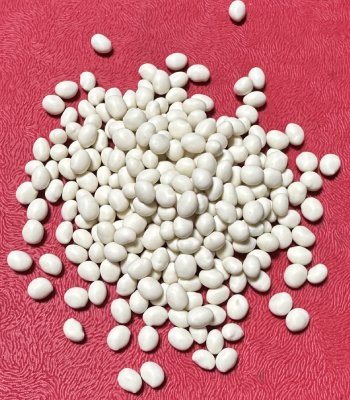
Reviews
There are no reviews yet.